As vintage sellers, if there’s one thing we know how to do it’s pack and ship things of all shapes and sizes. And do it the right way. 99% of what we ship arrives just fine. Every once in a while something goes wrong–rogue elephant sits on it, tape fails, we were tired so we cut a corner we shouldn’t have–but most of the time things get to our customers exactly as they left us. With that in mind, we’re going to share our combined fifty plus years of online selling experience to help you pack and ship gifts like a pro.
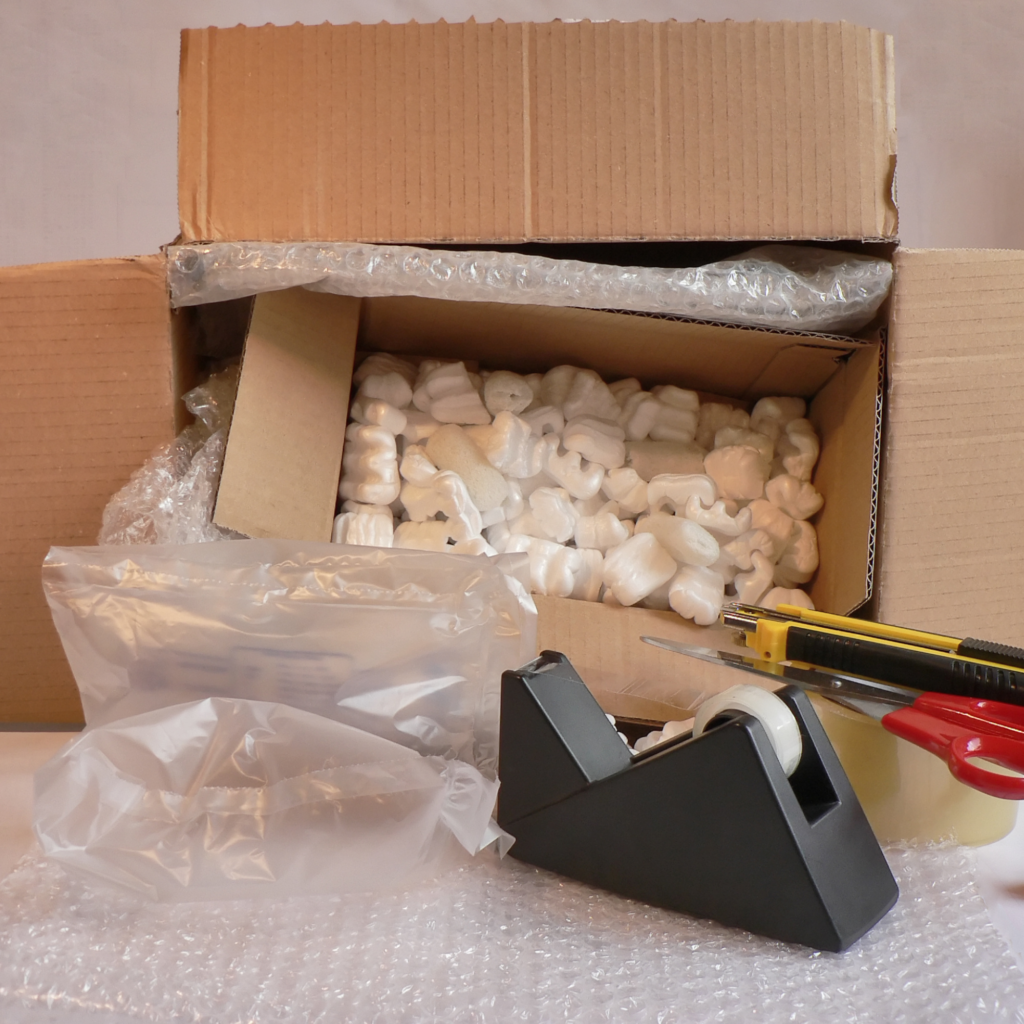
How to Pack
For packing, you need a box or envelope, cushioning materials like bubble wrap or packing paper, tape and sometimes plastic bags or containers.
Your box should be clean and sturdy. Cover over any old markings. It’s appropriately sized if you can put your gift in and there is a minimum of 2″ between the gift and the box on all sides. Hint: boxes you receive your online shopping in are excellent for shipping things.
To cushion your gift, you can use packing paper (available at big boxes stores and U-haul), bubble wrap, air pillows and packing peanuts. What you use depends on what you’re packing. For most things, packing paper is your best choice. If it’s something heavy yet delicate, large cell bubble wrap plus paper can be useful. If it’s light and delicate, packing peanuts can be a good thing.
How much packing paper to use? When you seal the box and shake it, you shouldn’t feel any movement.
Use good fresh strong tape. Proper strong packing tape is essential. Don’t use the kind of tape you would use to hang your kid’s art on the fridge. And don’t use tape that’s been kicking around for years, the adhesive isn’t reliable.
Now, some specifics. How do you pack…
Glass: Glass and fragile items should be shipped box-in-box, meaning first you pack it in a smaller box, then you pack that smaller box in a larger box with at least 2″ of packing paper or peanuts between the boxes on each side.
Clothing: Rather than boxing, clothing can be packaged using bags made for shipping such as poly or paper bubble mailers. If you lay the clothing item out and wrap it in tissue paper before placing it in your shipping bag the item is less likely to wrinkle. Stay away from colored tissue paper lest the color run onto the clothing because it got wet.
China: Same techniques as glass.
Figurines: Fragile things with lots of bits that stick out like fingers, noses and ponytails need soft packaging to protect them. Use strips of tissue paper or cotton balls to protect thin necks and arms. Add layers to mummify your little figurine, then add an outer level of small cell bubble wrap. Nestle in the box filled with packing paper.
Toys and Games: Sealed games are good to go. Vintage games can be closed with string, elastic bands or pallet wrap. The USPS offers a specially sized flat rate game box.
Books and Ephemera: A certain online retailer doesn’t do anything special to pack their books, but we do. Wrap books in a sheet of small bubble wrap or use a padded mailer so the corners don’t get bumped. Paper ephemera should wrapped with a cardboard backer to prevent it from getting bent. Both get sealed in plastic bags to prevent any water damage if it gets left on the doorstep in the rain.
Liquids: Our first suggestion is don’t ship them. But we know you will because we do, even though we know it’s a bad idea. So…seal each bottle or jar completely in plastic so if it leaks, it doesn’t go far. Wrap securely in bubble wrap, pad with paper.
Art: Protect the surface of delicate art with a sheet of packing paper or tissue. Wrap the piece in large cell bubble wrap. Cut two pieces of cardboard and sandwich the bubble-wrapped package in the middle. When you put it in the box, pad the item on all sides with packing paper.
Big box of lots of things: If you’re mixing heavy things, light things, soft things and fragile things start by boxing up the fragile stuff in sturdy boxes that can’t be crushed if the box is tumbled in transit. Keep that 2″ of packing paper between everything and the sides of the box. Make sure and mark anything small so it’s doesn’t get overlooked in the packing paper.
If you are shipping something of high financial or sentimental value and you are not confident in your ability to pack it properly, go to a pack and ship store and have them do it for you.
How to Ship
Most of us have three choices for shipping things: USPS, UPS and FedEx. All of them offer tracking. All of them are reliable most of the time (tracking is important for the times when they are not). Shipping early, especially this year, is a good choice no matter how it’s being shipped.
How much something costs to ship is determined by the size of the box, the weight of the box and the distance it is being shipped. For example, a puzzle can be shipped a couple of states away for $10. But shipping that same puzzle across the country might cost $25.
There’s something called dimensional weight that is a little complicated, but it’s important. If the length x width x height of a box is greater than 1728, it’s going to cost you dimensional weight rates to ship. Example: you want to ship a big pillow. It has to go in a very large box, but it doesn’t weigh much. Even if it only weighs 5 lbs, you might pay the more expensive shipping cost for 20 lbs because of the size of the box. That’s the dimensional weight. If something is oversized, it will nearly always be cheaper to ship it via UPS or FedEx.
In addition to the cost of postage, you may also want to consider adding insurance and requiring a signature for delivery. Most packages with tracking are insured up to $100. But since ’tis the season for packages getting snitched off doorsteps, a signature can be reassuring. (Shipping story: we refunded an order for a package that the tracking info showed was delivered, but the buyer couldn’t find it. That happens maybe once every year. Four months later she let us know she had found the package buried under a pile in her teenage son’s room.)
If you’re shipping to an apartment building without a doorman, USPS may be your best choice as postal carriers can access most buildings and UPS and FedEx drivers can’t.
Send the recipient the tracking number so they can watch for the package.
USPS tips
Printing your own postage online from home is cheaper than paying at the Post Office. You’ll need a scale to get the weight in pounds and ounces. If you have a kitchen scale, that’s perfect. If you don’t, small scales are fairly inexpensive and incredibly useful once you have them.
We’re not going to go into flat rate boxes and envelopes, but they can be your best choice for small, heavy things. If you are mailing multiples of the same-sized item, consider ordering a bundle of 10 or 25 free Priority Mail boxes online from USPS.
FedEx and UPS tips
These you will pay for at the drop-off point, but anything over about 6 lbs. that is traveling half the country away, these shippers may be less expensive than USPS.
So now that you’re read through this, we’ll tell you that the USPS has an excellent video demonstrating how to safely pack a box. Short and sweet!

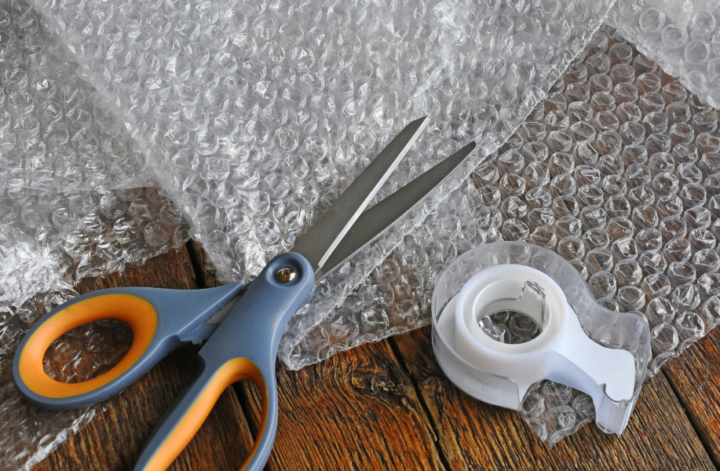
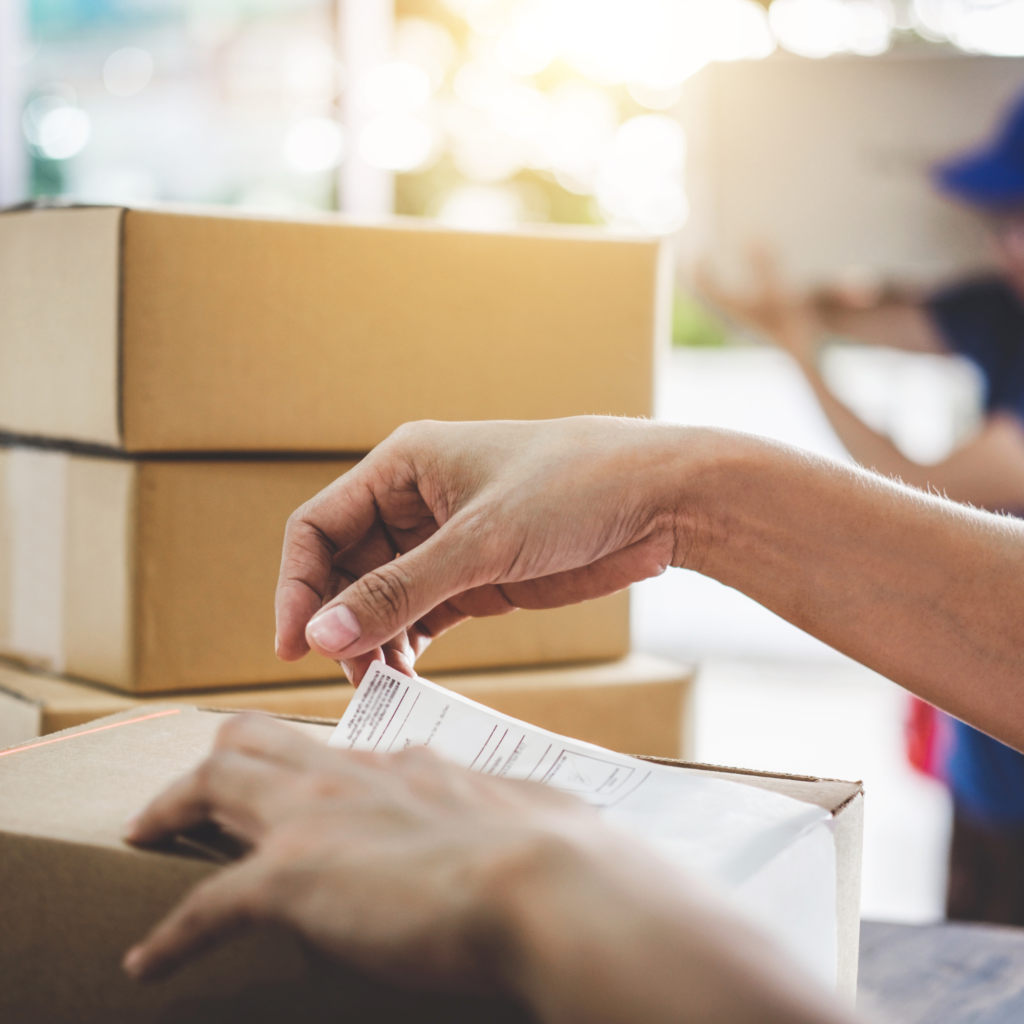

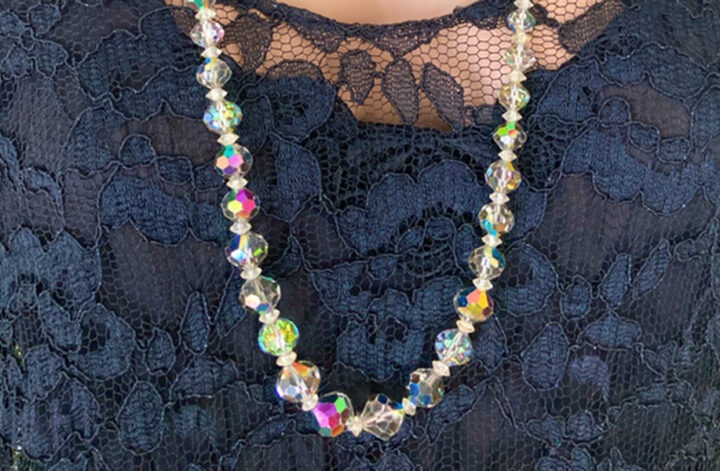

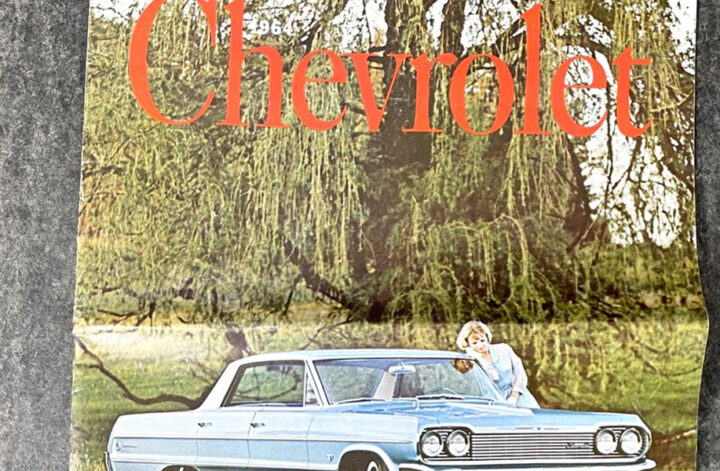
1 comment
With all of our extended family living on the west coast, my mom had to do a lot of packing when I was a kid. That’s when boxes were wrapped in old grocery bags, and brown paper packages were tied up with strings. ❤️